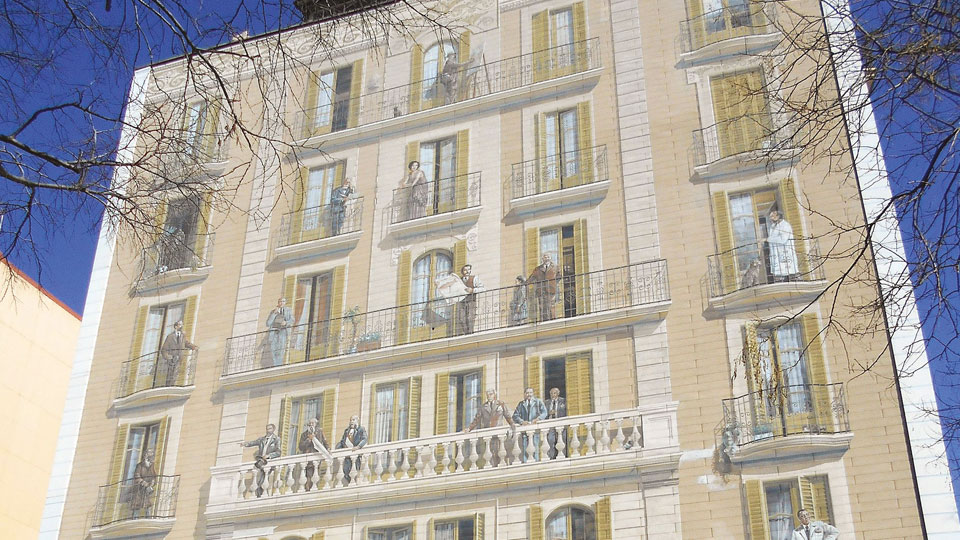How often should you have an eye check-up?
10/07/2025

27/08/2024
We return to the subject of illusions in art, a field where the ability to deceive the eye, long considered synonymous with quality, continues to captivate.
The term trompe l’oeil comes from the French phrase meaning “deceive the eye.” It refers to artistic techniques that aim to create an illusion of three-dimensionality, tricking the viewer into perceiving painted objects as real by playing with perspective and optical effects.
One of the earliest examples of trompe l’oeil in history may have been created during a famous contest between two of the greatest painters of classical antiquity.
According to Pliny the Elder, the Greek Zeuxis created a still life so convincing “that birds tried to peck at his grapes”. However, Zeuxis had to admit defeat after asking his rival Parrhasius to “pull back the old curtain” (which apparently covered his work), only to realise that the curtain itself was a painting. While Zeuxis had deceived the birds, Parrhasius managed to deceive him.
From the Renaissance onwards, trompe l'oeil took over murals and vaults through illusionistic perspectives. In paintings, the illusion is often achieved through small details such as the superimposition of part of the figure or a detail on a false frame, a fold in a piece of paper or shading objects that seem to Project out of the painting. Naturally, the Surrealists adopted trompe l'oeil as a way to critique the very nature of painting.
Today, trompe l'oeil is a common resource in illustration, cinema or decoration, as is the case with that of dividing walls. In Barcelona, one of the most famous is that at number 5 on Carrer dels Enamorats, in the lower part of the Diagonal. Created in 1992 by the French collective La Cité de la Création, it imitates a modernist façade in the Eixample, with its shops and balconies where illustrious figures who have lived in the city look out: Antoni Gaudí, Pablo Picasso, Christopher Columbus, Mercè Rodoreda, Francesc Macià and Mossèn Cinto Verdaguer. On a balcony on the third floor, on the right, we can see Professor Ignasi Barraquer, in a white coat and accompanied by his cheetah. When looking at him, it is difficult not to wonder what is hidden behind the window of that balcony? As the psychoanalyst Jacques Lacan observed, the myth of Zeuxis and Parrhasius reveals an interesting aspect of human cognition: animals are attracted by superficial appearances, humans by the idea of what is hidden.
Professor Rafael I. Barraquer, medical director of the Barraquer Ophthalmology Centre